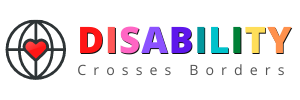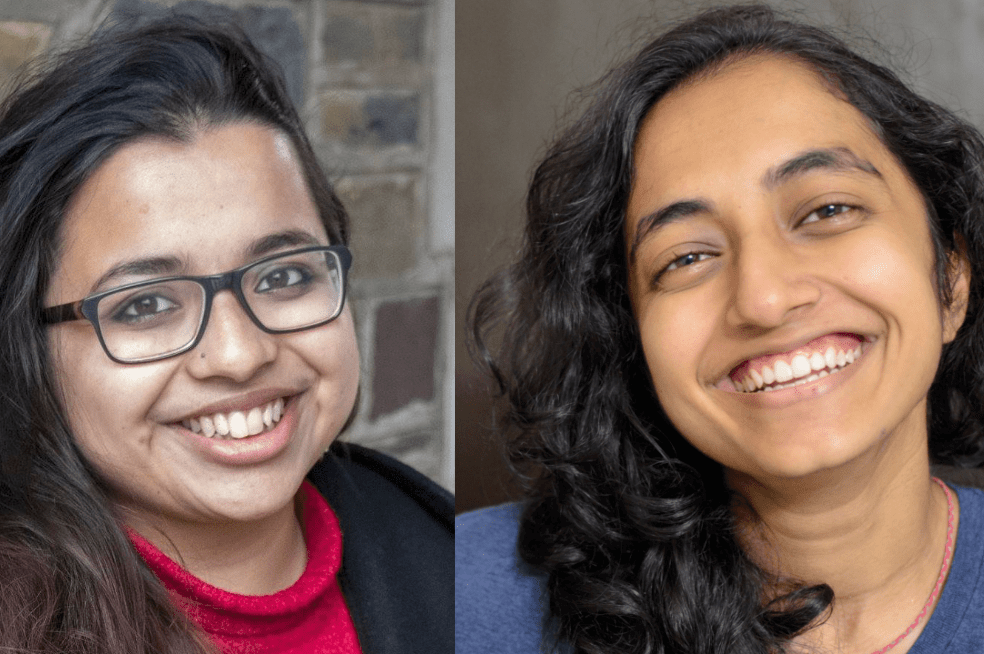Jiya Pandya and Kim Fernandes are queer, disabled South Asian immigrants to the US. Through their scholarship and activism, they’ve thought deeply about finding language for the multiple, messy ways that layers of privilege and oppression interact, as well as how we can show up in caring community for each other.
Jiya studies histories of disability and caste in post colonial South Asia from an intersectional lens, while Kim investigates the ways disability is and isn’t counted within India’s disability identification systems.
I asked them how they came to their fields of study and what part lived experience played in that.
“I did definitely come to my word, even if I didn’t have the vocabularies for it, through sort of personal trauma, pain, and realizing that I wanted to think more deeply about my relationship to my body,” Jiya says.
Academia was pivotal to them developing “an ability to name lived experience through theory, recognising the privilege in doing so.
“I think naming can be really powerful. And I want to be able to provide students with names and words for things that they might not have names and words for. But also recognizing that those names and words have histories.”
For Kim, they started to find language for their lived experience of illness and being in community while ill outside the classroom.
Getting sick when they were starting graduate school shiffted their focus to include disability within their statistics research, and they realised they felt discomfort with narratives about disabled people not being counted adequtely within the Indian census.
“I couldn’t yet articulate why at the time, but it felt like this statement was erasing the lives and identities of people with disabilities who were already living and who mattered, even if they weren’t “counted” officially.”
Jiya’s experience of immigration, in turn influenced by caste and class privilege, has been part of their finding disability and queerness vocabularies.
“…for me, at least, I found a lot of these words in this context, and I think part of it has to do with American commitment to identity, right? And labels.’
“And that’s not to say that India doesn’t have those we live in a sort of neoliberal transnational capitalist economy where these words traveled. But I, I learned my words in the US.”
They also acknowledge that disability and queer communities, including those which don’t use those terms, exist in India. Kim reflects on how these kinds of disjuncts played out in their own life.
“bell hooks talks about being queer, as kind of being about like the self that is at odds with everything around it. And I think of disability or the way I came into at least my disability and queerness in similar ways, as at odds with so much of what I had imbibed culturally, also, as Jiya has named a product of caste and class locations, and of ideas of culture from both these locations that have been passed down to me primarily through family.”
Another theme the conversation traverses is visibility of identity and its potential consequences.
Kim highlights the ways immigration and health status compound insecurity and stress for international students.
“…during COVID, folks who felt precarious, traveling from their own home countries to the US, were also feeling scared to talk about the risk to their health from this travel and didn’t have an option in terms of their visa, because of the ways in which being an international student and then being disabled made them precariously visible in specific ways.”
When Jiya reflects on being part of disabled and queer communities, she discusses the privilege of her ability to pass in those spaces, as well as the complexity of navigating assumptions that can arise from reading people’s identity in particular ways.
“I think for me, the intersection between disability and queerness has been trying to be open to community building, not just around ostensible forms of identity.”
Beyond community, jiya says, it’s also tied to the “notion of chosen family and investing in the people around us”, and how those investments are part of care work.
“… chosen family has meant people that I found in my world that were friends or teachers or people that I met organizing, that provide me that sense of comfort, and it also means that I prioritize them in ways that aren’t typical to prioritize the people around you that aren’t your sort of immediate–in cis heteronormative worlds–your immediate kin.
“Recognizing that I have limited spoons and limited energy, what does it mean for, for me to prioritize care immediately where I am with all of these people that give me a sense of home, that aren’t all in one place?”
In the systems we currently live in, arkers of identity can be useful, as Jiya points out, for, say, being able to access resources by means of disability identification paperwork.
But identity, as Kim discusses, can also end up creating binaries and can inadvertently gatekeep. That’s where care work comes in, such as the work of transracial, transnational queer disabled writer and educator Mia Mingus including on Access is Love.
“Thinking about sort of access as a relational way to form spaces where we can and do care for each other and create the worlds that we want to see,” Kim says, “has sort of been a really powerful way for me to ground myself in asking, if this category doesn’t work for me, or if I feel a tension with it, at least theoretically, or in the ways that it shows up in my life, what does it look like when I practice?”
Jiya urges all of us to examine those real-world questions.
“I guess it’s a question to whoever is listening, which is, what are you doing? What are we doing, to make sure that our investments and care are not just sort of emotional, but they’re also material? And they think a lot about systems of power, alongside the incredibly personal and intimate. Whether that’s giving money, participating in mutual aid? And how do we make that sustainable for the long term?”
Kim refleccts on finding a path forward during the pandemic, which has taken an enormous toll on multiply marginalised disabled communities.
“… this has been a really hellish and hard couple of years. And that for me I think has been in many ways, the foundation of building and holding community through this pandemic, to locate care within it and to give each other space and to offer grace in how we show up for each other.”
“It just blows my mind that this is not a future I would have imagined I think even two years ago and it’s so powerful to me to be here today. So thank you.”
- Check out the Crip Covid-19 syllabus developed by Jiya. It’s a comprehensive set of resources compiling first-person accounts of disabled, chronically ill, fat, Mad, Deaf, and crip experiences, activism, and thinking on the ongoing COVID-19 pandemic.
- Follow Kim on Twitter @kimmerrlee


1 comment